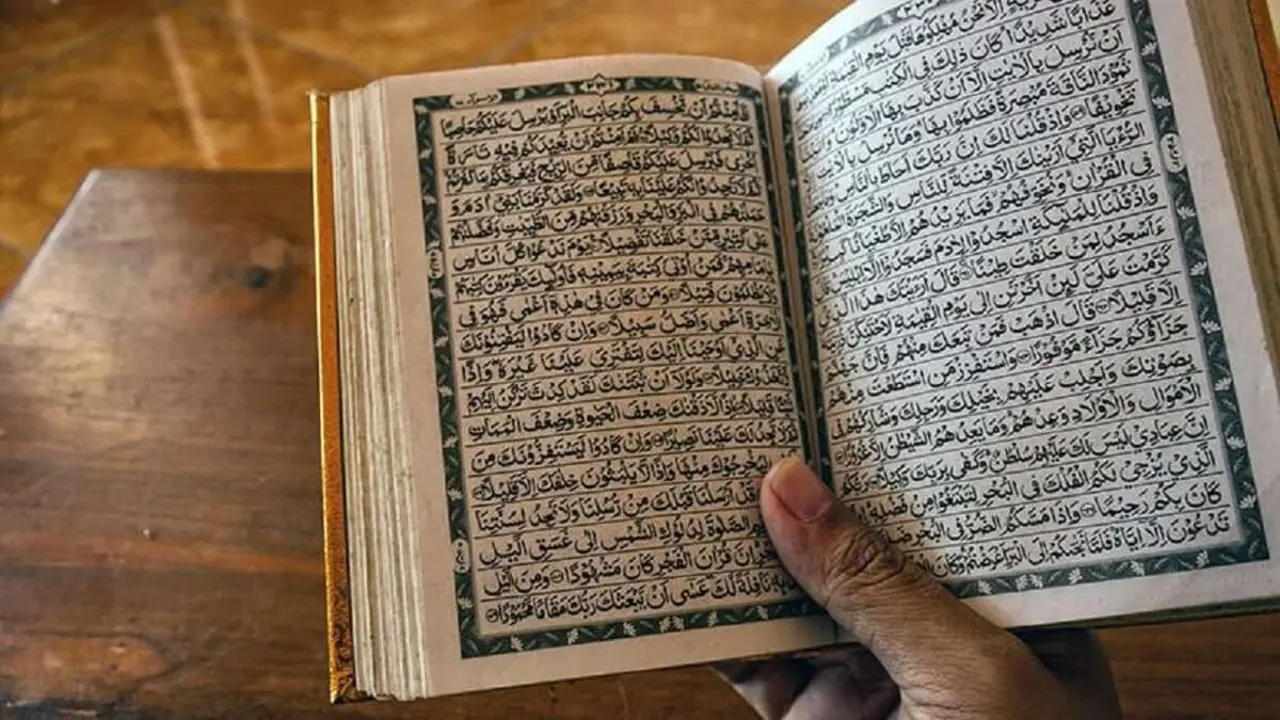The French Navy chops up a nuclear submarine in order to revive another

2021 will begin for the French Navy with a race against the clock to rebuild one of the submarines from its nuclear fleet which has been disabled by a dreadful fire.
Restoring the nuclear attack submarine S606 Perla (Pearl in English and Perle in French) is going to require an investment estimated at 120 million euros; some 70 million euros is the bill to be paid by the French Ministry of Defence. The remaining 50 million should be covered by the insurance policy taken out by the shipyard where the disaster occurred.
The judicial and technical committee of enquiry, which for several months has been analysing the causes of the fire and the extent of the damage, has found that the devastating fire has not affected the middle and rear parts of the ship, those housing the nuclear plant and the propulsion system. In contrast, the entire bow section, which absorbs the very strong pressures of the sea depths, has been subjected to temperatures of over 600º centigrade which, according to the defence minister, "have altered the qualities of its plates" of 80 HLES, a special steel with a low carbon content and low nickel, chrome and molybdenum alloy that provides great elasticity and high resistance to traction.

The Commission's technicians even considered the total loss of the submersible, suggesting that it be taken out of service and dismantled. In the end, however, repair possibilities prevailed and the Ministry of Defence headed by Florence Parly has decided to subject it to a second-life process in order to demonstrate the capabilities of its naval industry and to maintain France's potential for deterrence and attack.
This reform, for which the director of the Fleet Maintenance Service, the general armaments engineer Guillaume de Garidel-Thoron, is chiefly responsible, consists of amputating and discarding the front part of the Pearl's hull, which "has been seriously damaged and is not recoverable". At the same time, the equivalent part of the S602 Sapphire class submarine, the Pearl's big brother, will be cut off. Launched in September 1981 and decommissioned in July 2019 after 35 years of service, it is currently being dismantled in Cherbourg.

The third step involves welding the separate section of the Sapphire structure to the rest of the Pearl's hull, a process similar to that used for the construction of new submarines, although in this case using a second hand structure. The result should be a naval platform of 74 metres in length and 2,670 tons of displacement in immersion, capable of diving to a depth of 300 metres.
Once the welding tasks have been completed, the operations of rewiring and inserting the air, water, oil and other fluid pipes between the two parts of the reconfigured submarine will begin, as well as joining the connections of the electronic systems of the equipment on board. Repair activities will also be carried out on some of the parts of the original hull slightly damaged by the fire, all of which has been scheduled to be "completed by the summer of 2021", say sources in the national Navy.

Once the inspection services of the Directorate General of Armaments have verified that the work has been completed correctly, the submersible will travel back to the Toulon shipyard to resume the maintenance work that was underway when the destructive fire occurred. With all maintenance and repair activities completed, the French Navy under the command of Admiral Pierre Vandier - former director of Florence Parly's Military Cabinet - is confident that the submarine Perla "will return to active service in the first half of 2023".
To enable the main reconstruction and rehabilitation operations to begin at the beginning of January, the submarine has been transferred from the Toulon arsenal in the Mediterranean to the Normandy peninsula of Cotentin, where the factory of the state shipyard Naval Group in Cherbourg, the birthplace of all French submarines, is located.
Unable to sail on its own due to serious damage, the Perla has travelled on board the Dutch special cargo ship Rolldock Storm, which is 140 metres long and 12,800 gross tonnes. Chartered for the occasion, it docked on December 18 in Cherbourg, the main naval base of the French Navy in the English Channel. It is there that the technicians, installations and machinery appropriate to the complex task of giving the submarine a second life are located.

Launched in September 1990 and in service since July 1993, the S606 Perla nuclear attack submarine suffered very severe damage as a result of a devastating fire that occurred six months ago, when the ship was undergoing a major technical shutdown in a dry dock called the large hull. This process, which takes place every ten years and lasts 18 months, consists of dismantling the ship completely, reloading the core of the nuclear plant and carrying out exhaustive maintenance and repair of all the systems and equipment on board.

The fire occurred when "the interior of the submersible was practically empty, despite which a hundred firemen and another 150 support personnel fought the flames for 14 hours," explains a statement from the French Navy. Fortunately, no explosions occurred, because the nuclear fuel, torpedoes, weapons systems, ammunition, electronic equipment and all technical equipment had been removed.

Pearl and Sapphire belong to a class of six submarines named after jewels and whose design dates back to the 1970s. The first was the S601 Ruby (Rubis in French), which joined the active life of the National Navy in 1983. It was followed by the S602 Sapphire (1984), the S603 Casabianca (1987), the S604 Emerald (Émeraude, 1988), the S605 Amethyst (Améthyste, 1992) and the burnt-out S606 Pearl (1993), the youngest of all.
The Ruby class replaced four Agosta class diesel-electric submarines. The Spanish Navy still has three of the four units built in the first half of the 1980s in the Cartagena shipyard of today's Navantia, then Empresa Nacional Bazán de Construcciones Navales Militares.

The six French Ruby-class submarines belong to the National Navy's Strategic Oceanic Force, along with four nuclear missile submarines. But the Rubi's days are numbered. They are due to be relieved between 2021 and 2030 by the same number of better performing Barracuda class nuclear attack submarines. The first unit, the S635 Suffren, was launched on 12 July 2019 and is currently completing its sea and missile tests before being officially handed over to the French Navy in the near future.









